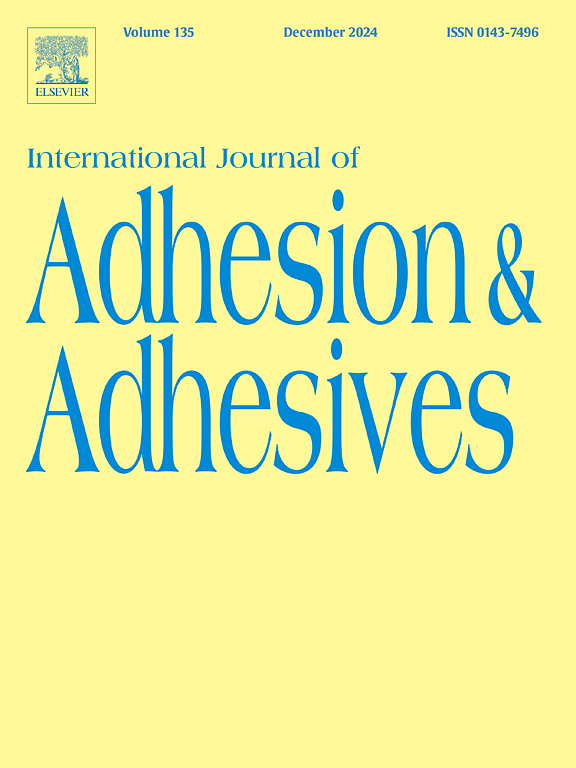The latest research progress of polyurethane modified asphalt binder: synthesis, characterization, and applications
IF 3.5
3区 材料科学
Q2 ENGINEERING, CHEMICAL
International Journal of Adhesion and Adhesives
Pub Date : 2025-04-14
DOI:10.1016/j.ijadhadh.2025.104035
引用次数: 0
Abstract
Polyurethane (PU) is widely used in the automotive, furniture, and aviation industries. Recently, an increasing number of researchers used PU as a modifier for asphalt pavement modification due to its excellent wear resistance, high-low temperature performance and elasticity. Herein, the latest research progress of PU modified asphalt (PUMA) was reviewed through the following aspects: The preparation process of PU and PUMA; Analyzes the mechanism of polyurethane modified asphalt from a microscopic point of view; The use of molecular dynamics simulation to study the performance of polyurethane modified asphalt. The use of PU as a modifier, such as PU emulsified asphalt, PU foam asphalt, PU recycled asphalt, PU solid-solid phase change asphalt, bio-based PU-modified asphalt, self-repairing PU-modified asphalt; The use of PU and other modifiers composite modify asphalt. For example, PU/nano-materials, PU/SBS, PU/epoxy resin, and PU/warm mix additive modified asphalt; The use of PUMA in tunnels, bridge deck pavements, functional pavements, and special scenarios for crack and pothole maintenance. Furthermore, the challenges and future trends in PU-modified asphalt were reviewed drawing on current research findings.

聚氨酯改性沥青粘结剂的最新研究进展:合成、表征及应用
聚氨酯(PU)广泛应用于汽车、家具和航空工业。近年来,由于PU具有优异的耐磨性、高低温性能和弹性,越来越多的研究者将其作为改性剂用于沥青路面改性。本文从以下几个方面综述了聚氨酯改性沥青(PUMA)的最新研究进展:聚氨酯和PUMA的制备工艺;从微观角度分析了聚氨酯改性沥青的机理;采用分子动力学模拟方法研究聚氨酯改性沥青的性能。使用PU作为改性剂,如PU乳化沥青、PU泡沫沥青、PU再生沥青、PU固固相变沥青、生物基PU改性沥青、自修复PU改性沥青;采用PU等改性剂复合改性沥青。如PU/纳米材料、PU/SBS、PU/环氧树脂、PU/温混合添加剂改性沥青等;PUMA在隧道、桥面铺装、功能性铺装、裂缝和坑洞养护等特殊场景中的应用。结合目前的研究成果,对聚氨酯改性沥青面临的挑战和未来发展趋势进行了综述。
本文章由计算机程序翻译,如有差异,请以英文原文为准。
求助全文
约1分钟内获得全文
求助全文
来源期刊

International Journal of Adhesion and Adhesives
工程技术-材料科学:综合
CiteScore
6.90
自引率
8.80%
发文量
200
审稿时长
8.3 months
期刊介绍:
The International Journal of Adhesion and Adhesives draws together the many aspects of the science and technology of adhesive materials, from fundamental research and development work to industrial applications. Subject areas covered include: interfacial interactions, surface chemistry, methods of testing, accumulation of test data on physical and mechanical properties, environmental effects, new adhesive materials, sealants, design of bonded joints, and manufacturing technology.
 求助内容:
求助内容: 应助结果提醒方式:
应助结果提醒方式:


